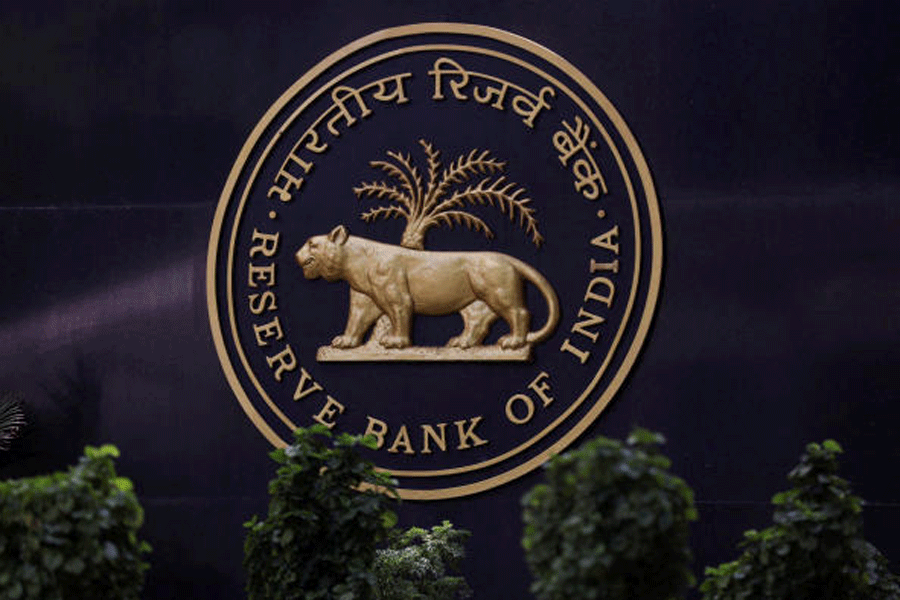The Monetary Policy Committee of the Reserve Bank of India recently voted unanimously to keep policy rates unchanged. The repo rate continues to be held at 6.5%. The reason for this is the rise in inflation rates and inflationary expectations. The retail inflation forecast for 2023-24 has been hiked from 5.1% to 5.4%. The RBI expects higher inflation rates in the coming months driven by food price dynamics, especially for a number of pulses and vegetables. There have been recurring food price shocks. According to the RBI governor, the effects of El Niño and the skewed southwest monsoons are yet to be fully clear. What had been interpreted a few months ago as a pause in the rate hike before easing the cost of credit is now being seen as a hawkish stand by the monetary policy authority. The RBI has made clear that it will raise rates, once again, if inflation continues to be sticky. The RBI governor has also indicated that borrowing costs might tighten. In fact, the RBI has announced an incremental cash-reserve-ratio of 10% to suck out excess liquidity from the system to the tune of one lakh crore rupees.
The gross domestic product growth forecasts have not been changed. The forecasted growth continues to be 6.5% for 2023-24. The reason is that the Union finance minister, Nirmala Sitharaman, expects food price pressures to cool down on account of a number of measures taken to ease the supply conditions. These include the import of tomatoes and pulses to add to the buffer stock of onions. The interesting thing to note is that the finance minister has blamed states run by non-National Democratic Alliance governments for not reducing fuel duties, thereby contributing to the persistence of inflationary pressures. If that is indeed the case, then even if food price pressures level off, inflation might persist beyond the RBI’s target of 4%. The rates are then bound to climb in the next quarter or two. The cost of borrowing will rise and GDP growth rates would be adversely affected. The finance minister’s short-run take on the economy is, hence, different from that of the RBI. With the general elections coming up, the NDA government would not like to see a deceleration in macroeconomic growth rates. Nor would it like to see untamed inflation. However, several banks have already announced an increase in their lending rates.











